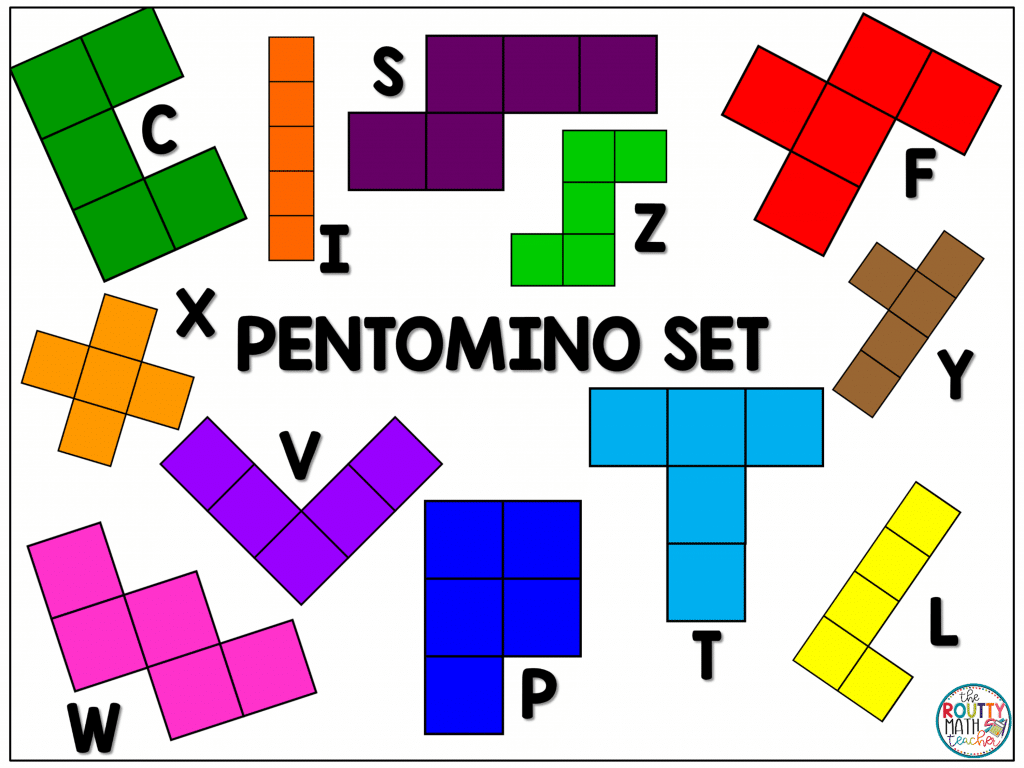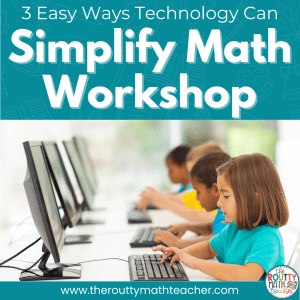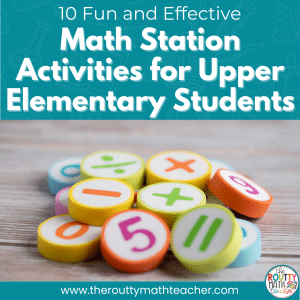
Hands-on Measurement Activities
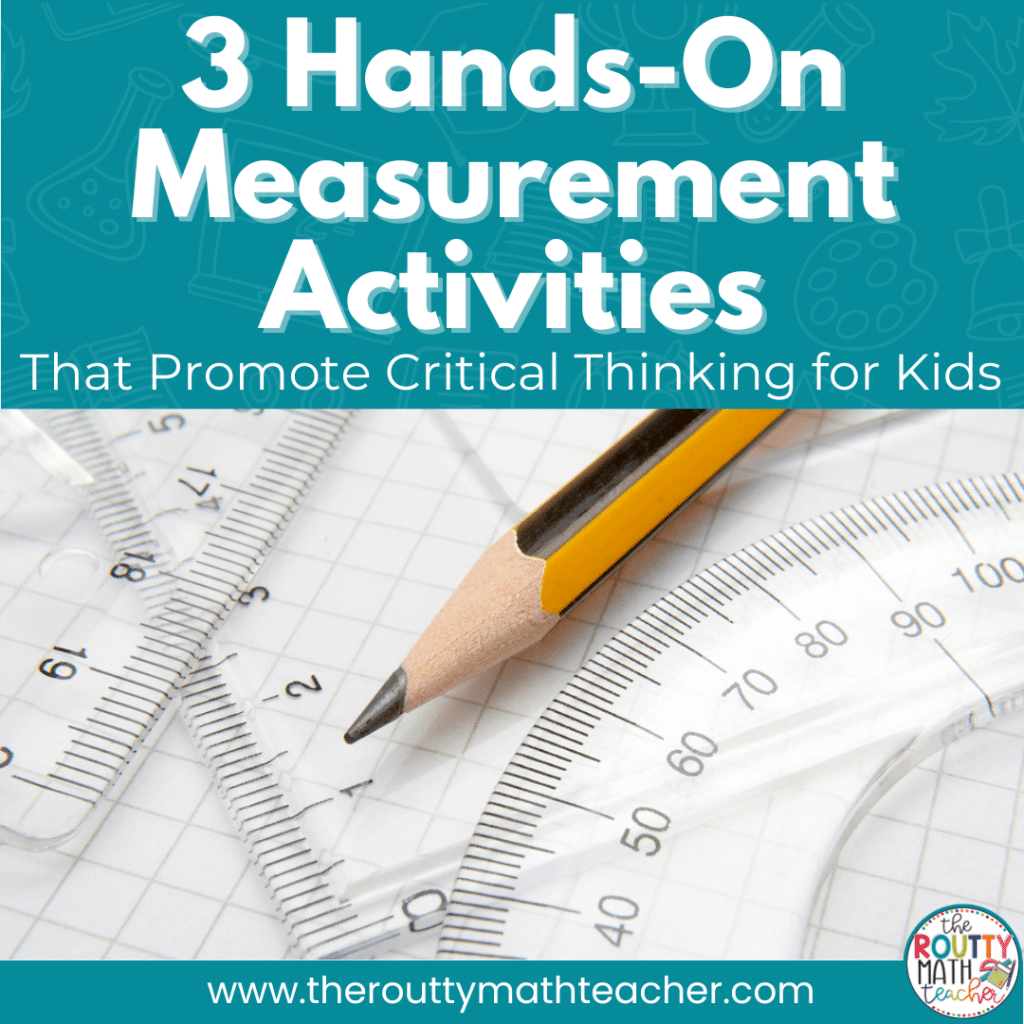
Oftentimes, our measurement units fall during the second semester of school and usually don’t get the time and attention they deserve. However, the measurement unit offers a great opportunity to incorporate a variety of hands-on measurement activities. In today’s post, I’m sharing three hands-on measurement activities that reinforce essential measurement skills.
Teacher: “How long is the permanent marker?”
Student: Lines up the end of the permanent marker with the left end of the ruler. He then looked at the right end and said, “The marker is 9 inches long.”
I was shocked. How did that make sense? Why couldn’t this student see that his response wasn’t logical? It didn’t make sense at all.
Unfortunately, this is one of the many misconceptions students exhibit when it comes to measurement skills. They only look at the markings on the ruler and fail to count the units to determine the length of an object.
Making Time for Measurement
By the time our measurement unit rolls around each year, I always feel crunched for time. It’s easy to just breeze through the standards so I can start reviewing for the state math test. But, measurement is an essential skill for our students and it requires more than just a cursory presentation of skills. It’s a critical opportunity to debunk some of the misconceptions, like the one above, our students have developed.
In fact, our measurement unit is chalk full of opportunities to emphasize real-world connections and infuse hands-on learning with a variety of math tools. With this goal in mind, I have three hands-on measurement activities to reinforce third and fourth grade measurement skills.
The first two activities emphasize length measurement, including critical thinking with rulers and area and perimeter with pentominoes. The third activity emphasizes angle measures using analog clock time.
Hands-on Measurement Activities
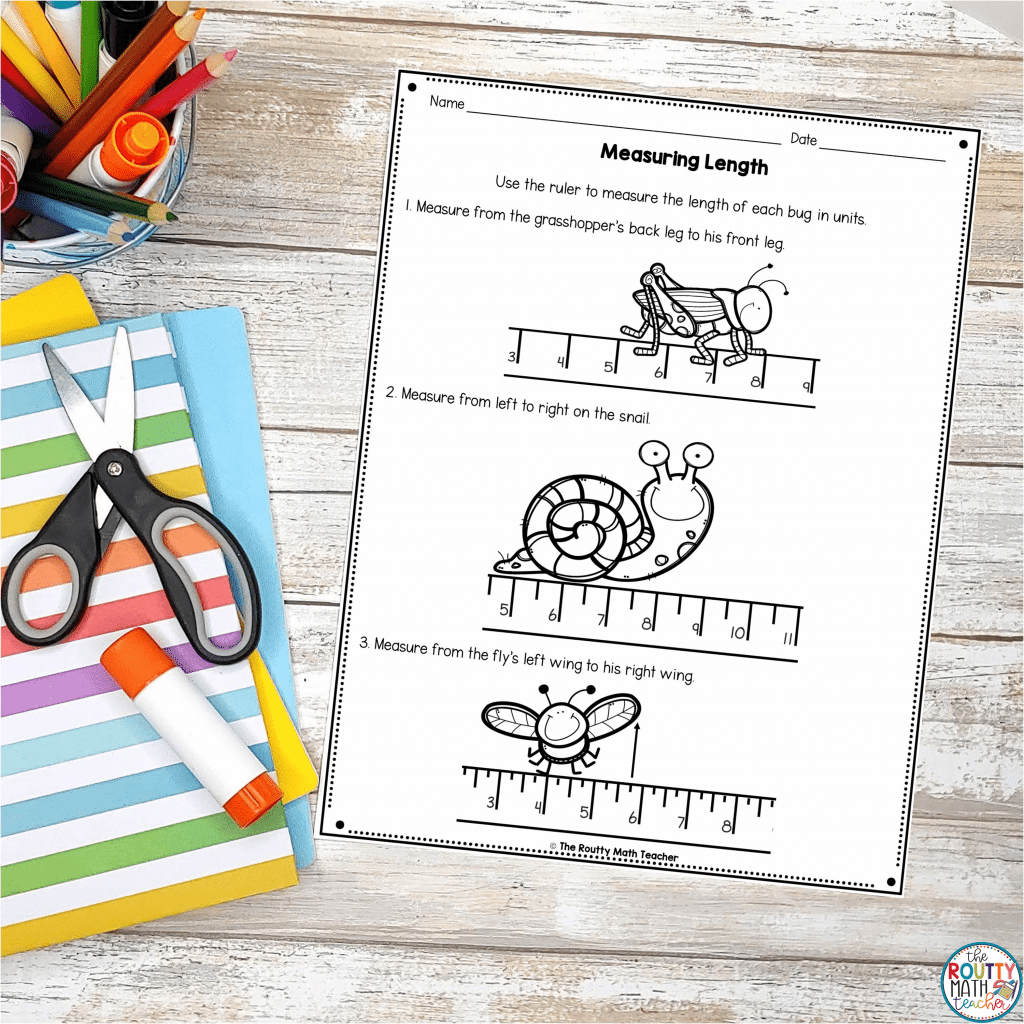
Length Measurement
This activity provides practice for measuring length with rulers. It emphasizes the idea of zero-point, the point where a ruler originates and measurement begins. An object placed at the end of a ruler is generally easy for students to measure; however, students often struggle to identify this point when presented with a broken ruler or an object not placed at the end of the ruler.
To help students understand the concept of zero-point, students locate the zero point and measure the distance from the zero-point to the endpoint for each object. To increase the rigor, the zero-point of each ruler is not zero. Students are then forced to count the number of units and ignore the numbers displayed on the ruler.
This activity also emphasizes understanding the unit and equal partitioning. Students must move from the beginning of one unit to the end of the unit in order to count it as a full unit. If a full unit cannot be made, students must attend to the partitioning of the unit and count the subdivided unit accordingly. Students then record the measured length with a fractional part if needed.
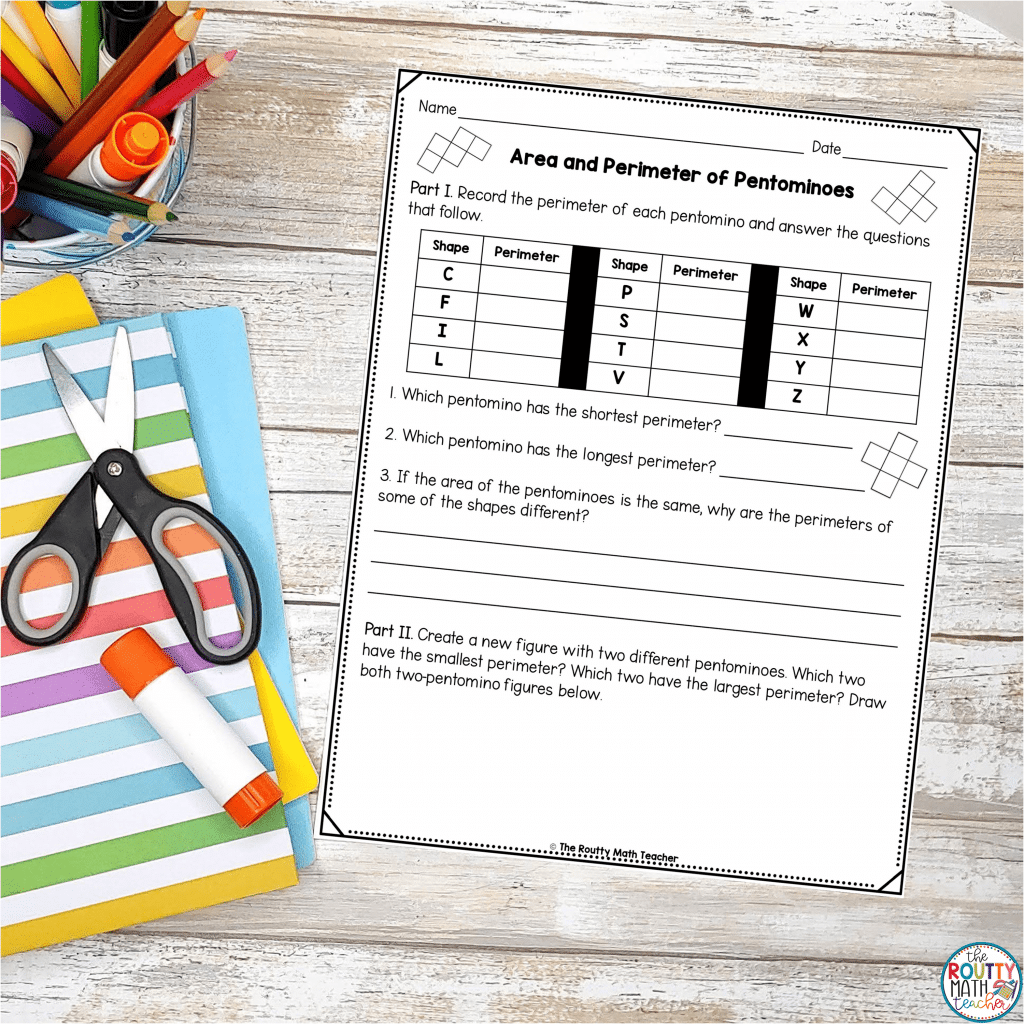
Area and Perimeter
The second activity is one of my favorites and features the use of pentominoes– two-dimensional shapes created with five square units. (Note: See the image to the right for a picture of the set.) Pentominoes are versatile math tools that can be used in a variety of ways, including fitting them all together to make one large rectangle. Give that one a try!
Pentominoes are available from any of the major math manipulative suppliers or Amazon; however, the free download of hands-on measurement activities includes a reproducible set.
Looking for a real challenge? Challenge students to find all of the shapes that can be created using 5 square units. There are 12 of them!
Activity
Once students have a set of pentominoes to use, have them begin the activity.
For part I, students find the perimeter of each pentomino, identified by the letter each pentomino shape resembles. After students find the perimeter of each pentomino, students analyze the shapes to compare the perimeters to the fixed area.
For part II, students create a new shape by putting two shapes together. The goal is to create a new figure with the smallest possible perimeter and the largest possible perimeter. Again, students compare how the perimeter of the combined shapes compares to the fixed area of the individual shapes. Students then discuss the attributes of the shapes with a larger or smaller perimeter.
Both parts of this activity provide students with the opportunity to compare the perimeter of shapes with the same area. Students then begin to make conjectures about the attributes of shapes with smaller perimeters when compared to shapes with larger perimeters.
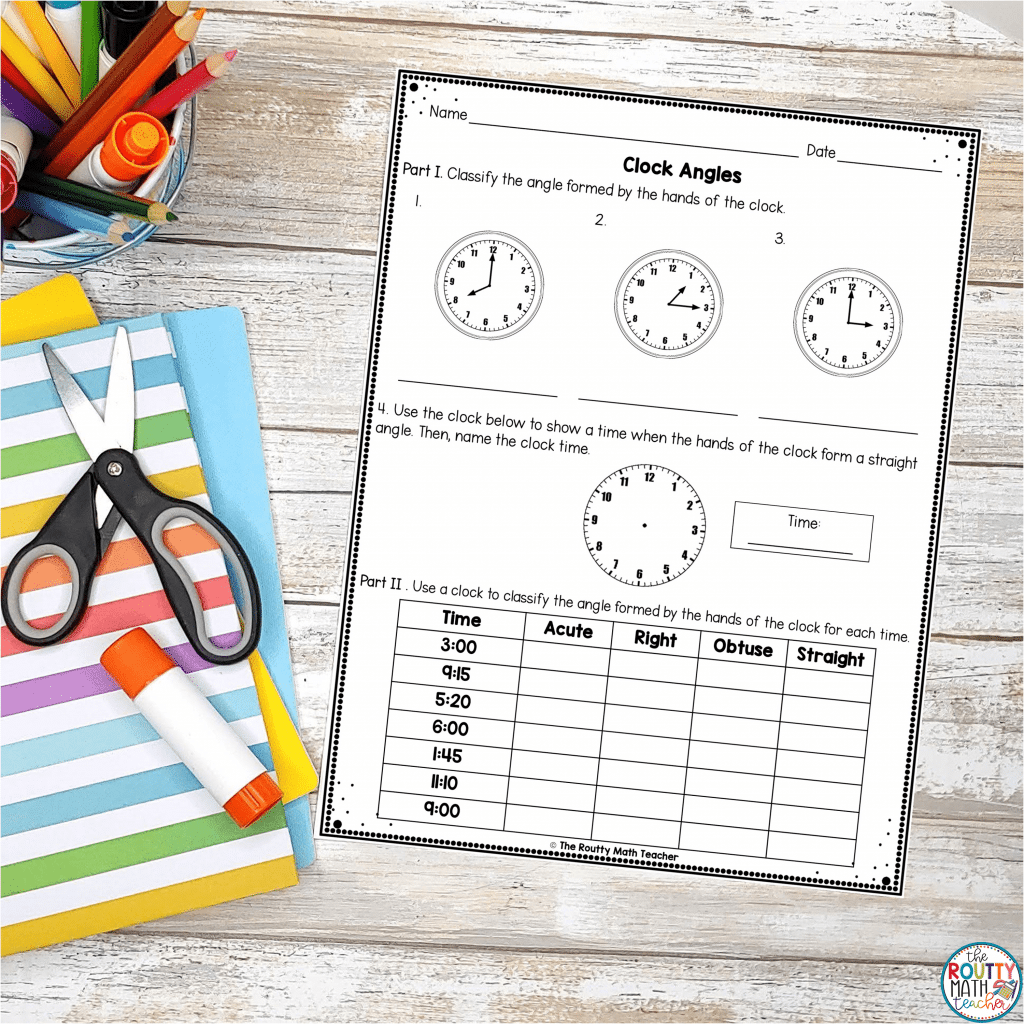
Angle Measures
This activity is super simple but adds a little variety to your basic angle classification/measurement lesson. This activity emphasizes the use of Judy Clocks, geared clocks.
“Clock Angles” requires students to use the hands on a Judy Clock, or other geared clock, to determine the angle formed by the hands. After students have experience classifying the angles, students use protractors to measure them.
The biggest challenge students have with this activity is that they misrepresent time on the clock. For example, when asked to show 12:15, many students represent it as a right angle; however, with a geared clock, students will notice that the hour hand is just past the 12, making it an acute angle.
This activity not only emphasizes representing clock time correctly but identifying angles as well. In Part I, students classify the angles as either acute, right, obtuse, or straight. In Part II, students use a geared clock to represent the time and then classify the angle. To extend the activity, students can create the clock times in Part II on a blank clock face and then measure them with a protractor to verify their answers.
Time to Get Measuring!
Grab your free copy of the hands-on measurement activities using the form below. You can also find more hands-on learning activities here.
Sound Off!
What are your favorite measurement tools? Respond in the comments below.



